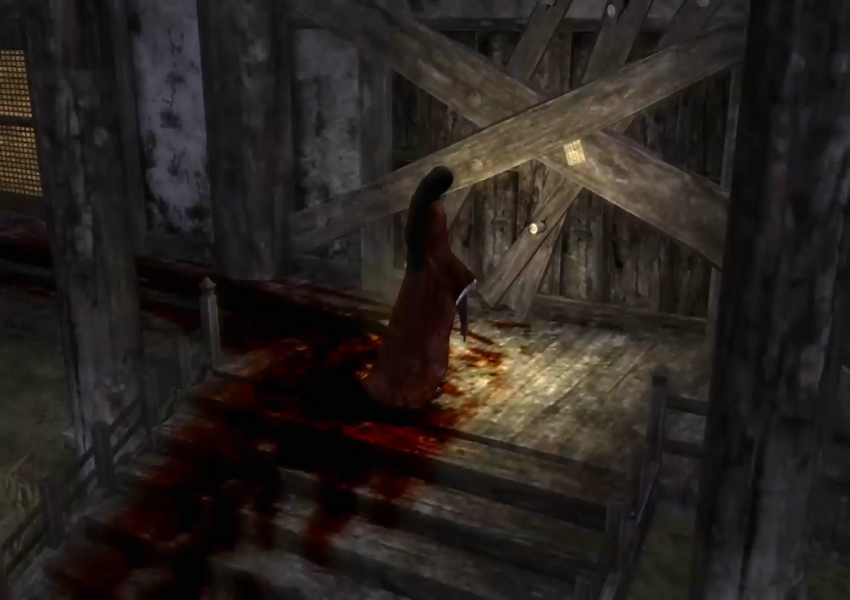
In order to while away the hours, the Greeks are said to have played games, which some say were invented by Palamedes (e.g. While the other nine years weren’t exactly uneventful, they weren’t as blood-soaked as the final year, and many Greeks found themselves with time to spare. Homer’s Iliad is set during this tenth and decisive year, when the Greeks and Trojans were actively vying for victory. The heroes are helpfully labelled: the one on the left, with a helmet pushed back on his head, is none other than Achilles the warrior on the right is the mighty Ajax.Īccording to Greek mythology, the Trojan War was prophesied to last ten years, with victory only secured in the final year. 540-530 BC, it depicts two ancient Greek heroes playing a game.

The collection of the Vatican Museums includes a beautiful Attic black-figure vase by Exekias. Let’s hope that’s what we celebrate in London this time too.This article was originally published on the defunct Ancient World Magazine website and is now re-published here. Thousands of years ago the best athletes in the land came together to push themselves to the extremes – faster, higher, stronger. Some things have changed and some haven’t. It’s nice to remember where it all started, though. Newspaper columns are now more important than Ionic ones, television stations treated more like divine beings than Zeus, and the exclusive rights of sponsors protected better than the Acropolis. The business of the Olympics has grown into something the ancient Greeks could never have imagined. The stadium in London will hold many more people than that over the next couple of weeks. It was here on the grass that the crowd would sit, cheering and shouting as the events took place in front of them.Īlthough the area doesn’t seem too big, it’s estimated that it could hold about 45 thousand people! The original stadium of the ancient Olympics was a dirt rectangle, 212 metres by 28 metres with a natural grassy slope all around it. It’s not really a stadium in the sense that we understand today… or even that we see at places like Rome’s Colosseum. It was the stadium next to the site that was the centre of attention for the spectators. Only the officials and VIPs spent time amongst the complex of buildings. This whole area was off-limits to most of the people who came to Olympia. For an ancient sports competition designed to praise the gods, there was no part of Olympia more sacred than here. One column, reconstructed for the 2004 Athens Games, gives a sense of size and majesty. In some ways, the systems and the required buildings were not too different to today.Īt the centre of the complex of buildings is the most important structure – The Temple of Zeus. You’re able to see what remains of the area where the athletes would train, where they would sleep, and where they would take their oath before competing. But more is intact than might be expected, including quite a few impressive rows of columns. Like much of the ancient world, very little has withstood the test of time and often you need to use your imagination to get a sense of how it would once have looked. It’s a large site, with at least a dozen major buildings… along with smaller associated structures. The air is cooler amongst these ruins than in the tourist town half a kilometre away. Ruins in Greece are notorious for being relatively hot and barren but most of Olympia is shaded by trees – often bearing olives or other fruit. The second thing you notice is how green everything is.


Far from any roads or modern development, it’s the only noise here.

Insects, hidden from the eye, fill the site with their sounds. The first thing you notice is the noise – a constant buzzing. I decided to go there and find out for myself. What is Olympia like, though? And how much of a sense can you get of how the ancient games would have been? In 776 BC, the first games were held here and – as a tribute – the Olympic flame is still lit on the site before every torch relay. It has, and always will be, about worshipping what humans believe makes the world what it is.Īt about this time every four years, we hear a lot about Olympia, the birthplace of the Olympics. These days, they’re designed to please the gods of modern capitalism – sponsors, television networks and tourism boards. Thousands of years ago, the games were designed to please the Greek gods of Mount Olympus. The Olympic Games have not changed all that much since ancient days.


 0 kommentar(er)
0 kommentar(er)
